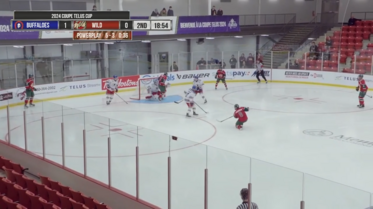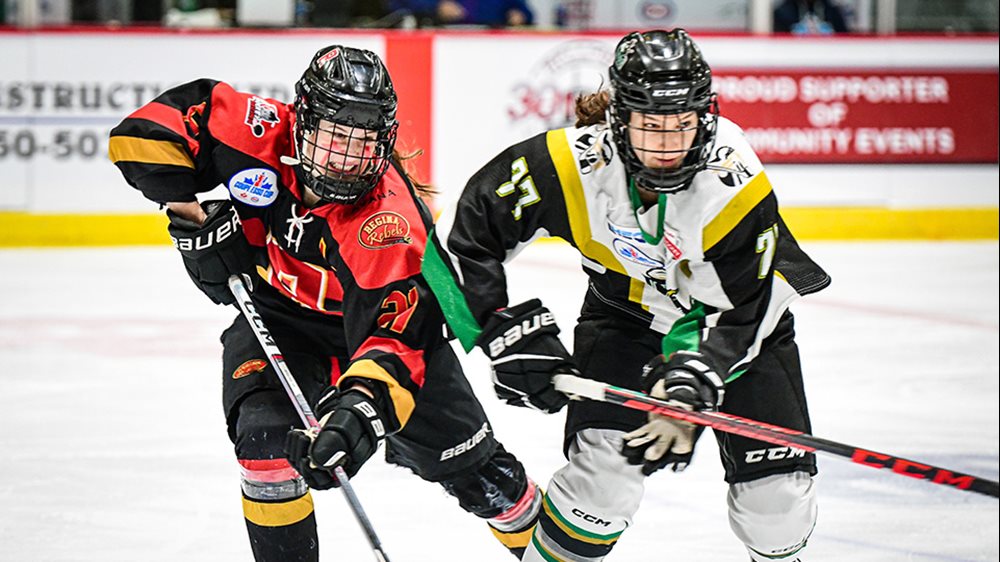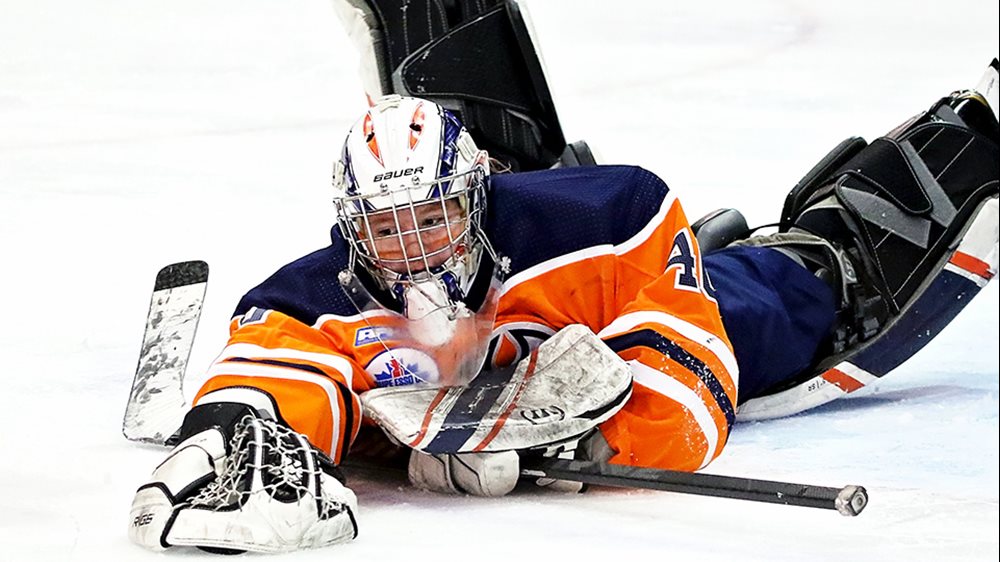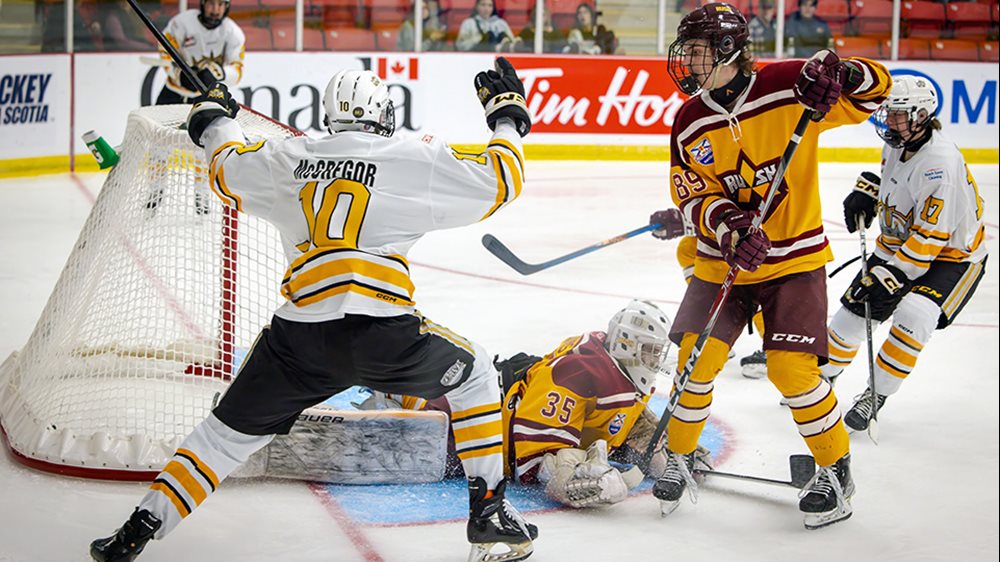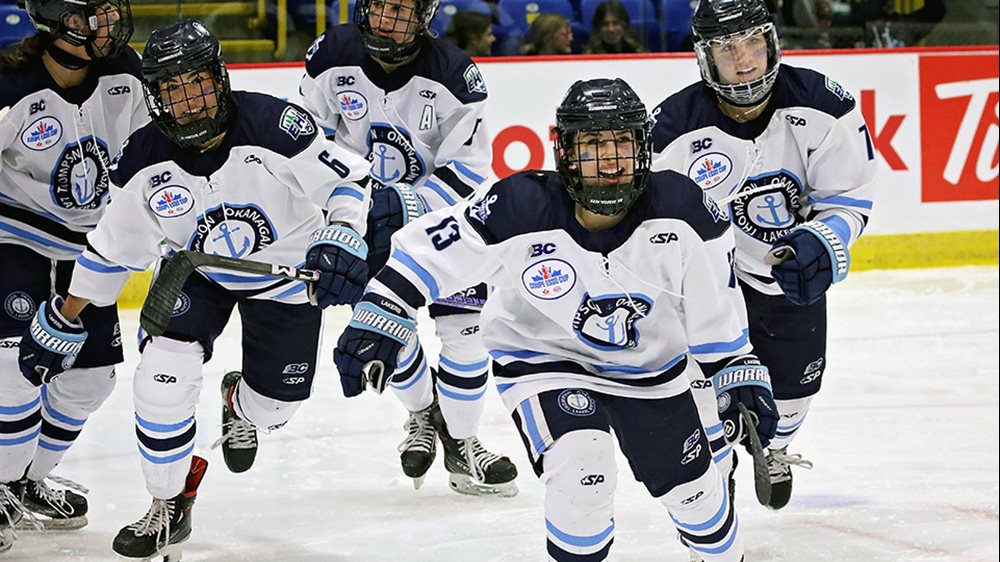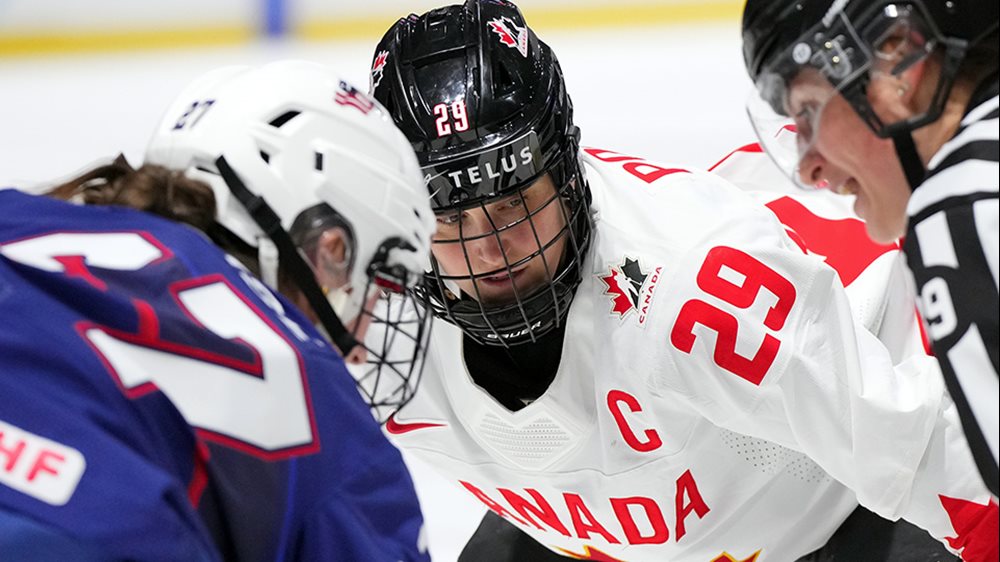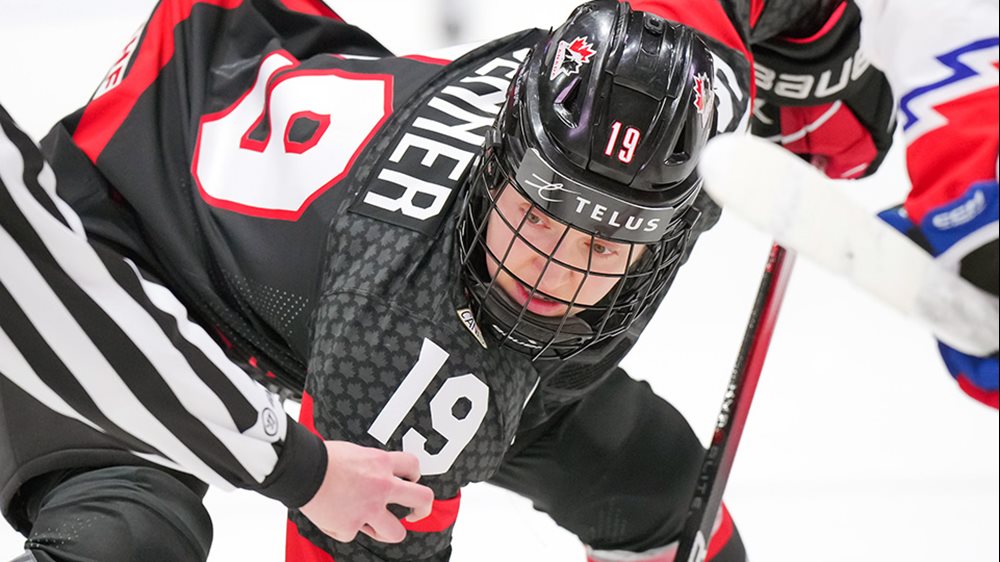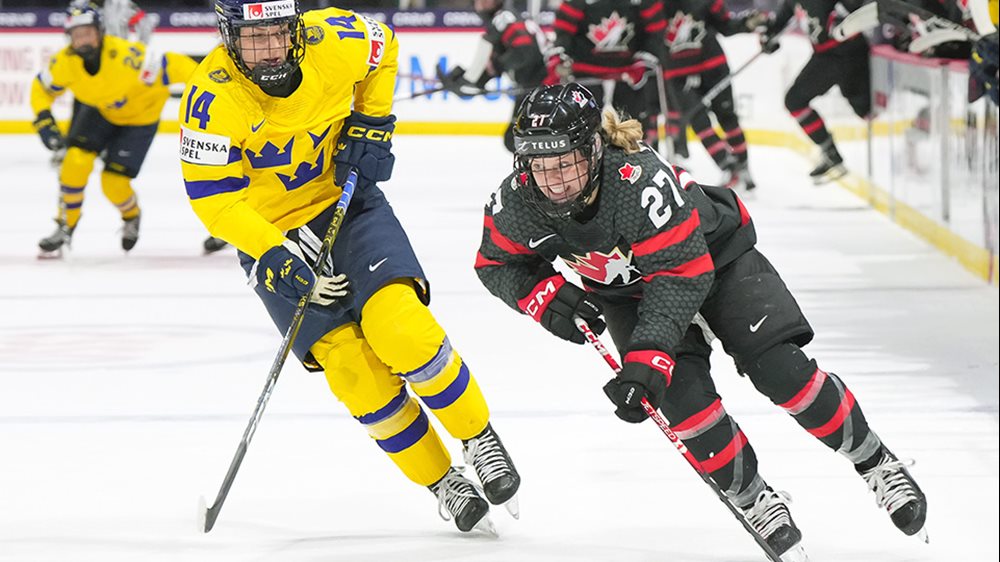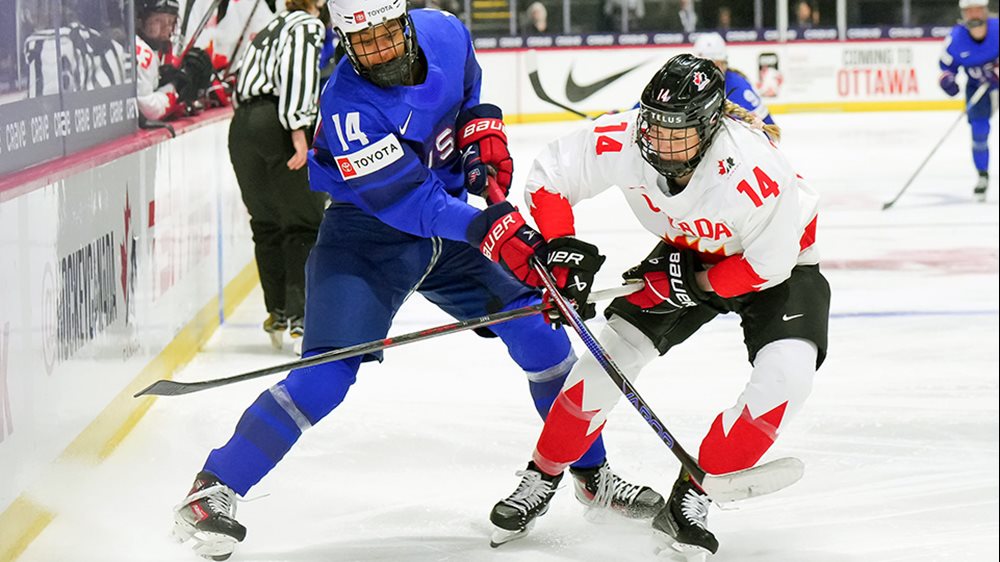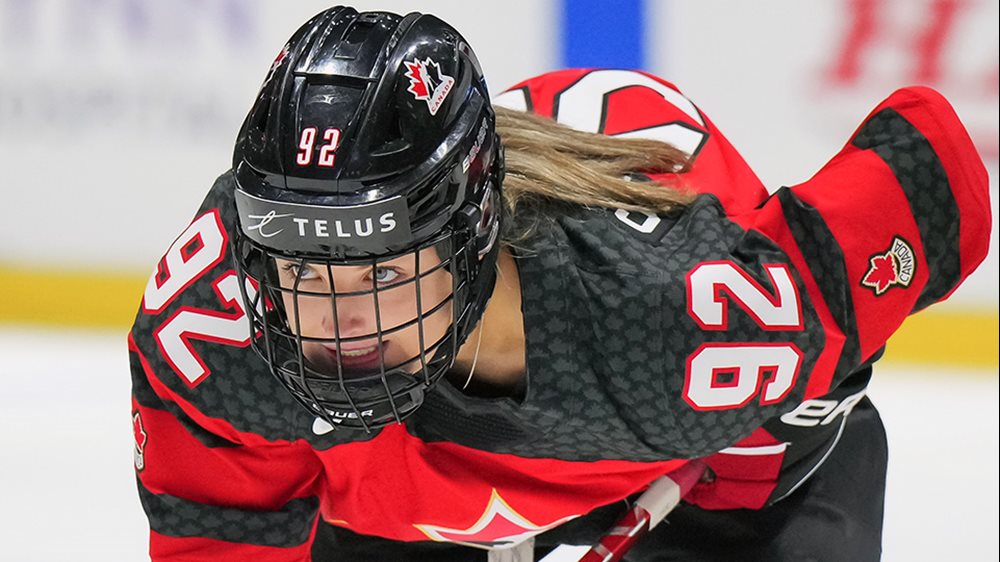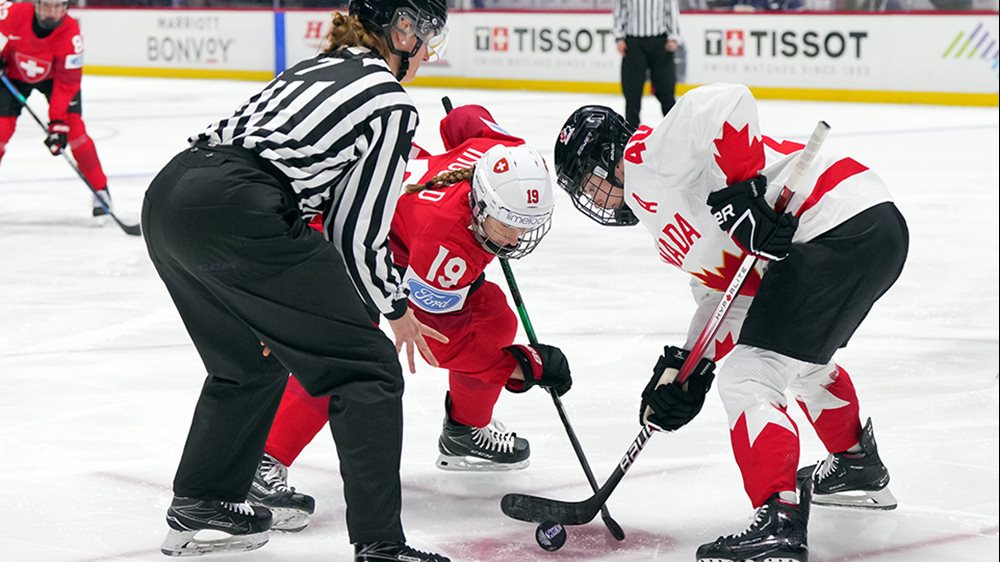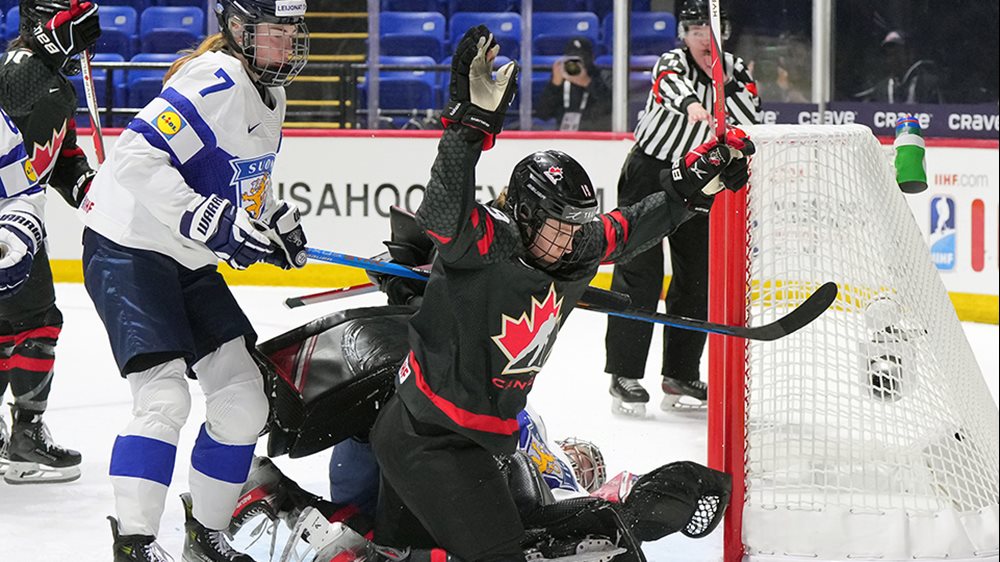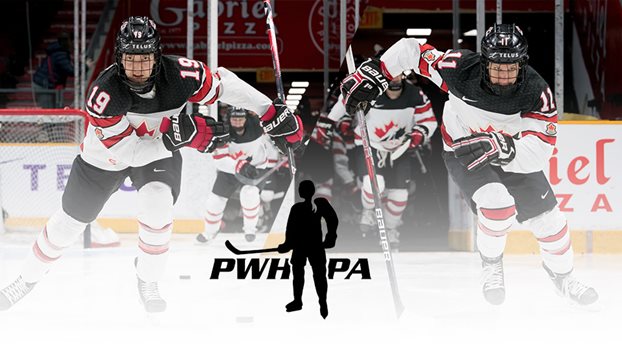
Uniting for the sport
The best women’s hockey players in the world may be adversaries on the ice, but they are happy to come together as one united voice to advocate for a sustainable league
As the 2022 Olympic Winter Games inch closer, excitement is building for the opportunity to see the best talent in women’s hockey compete on the ice.
Not only does the opportunity to see Canada’s National Women’s Team perform on an international stage mean thrilling entertainment, but it also marks a starting point for young players to dream of wearing the Maple Leaf.
“Registration usually soars after the Olympic Games, because they actually have a chance to see these women and see how amazing they are,” says four-time Olympic gold medallist Jayna Hefford. “It's another opportunity to showcase amazing women all over the world that play the game at the highest level.”
But what if we didn’t have to wait every four years to see the best of the best in women’s hockey? Or even wait once a year for the IIHF Women’s World Championships? What if there was an opportunity for fans to see all the best players in women’s hockey in one unified league?
That’s the mission of the Professional Women’s Hockey Players Association (PWHPA): to promote, advance and support a single, viable professional women’s hockey league in North America that showcases the best of the game. With a united voice advocating for the creation of a sustainable league, the PWHPA hopes to make hockey more inclusive for women today and for the next generation of girls playing hockey.
“Visibility is everything when it comes to sports, especially when it comes to women's sports,” says Jill Saulnier, a forward with Canada’s National Women’s Team. “Let's call a spade a spade: women deserve more visibility. Women deserve to be in the front of the camera more. For us to be able to be on screen, showing the world what we do [and] the work that we put in behind the screen, it just gives us the opportunity and the window for people to really understand why we do what we do.”
When the PWHPA was founded in 2019, the goal was to bring in the top players of women’s hockey together to have one unified voice. Brianne Jenner has been a PWHPA board member since its inception, and the Team Canada veteran says the support garnered during these few years with the association has been a huge success.
“Our ultimate goal, of course is to not have the PWHPA, our ultimate goal is to have a sustainable professional league where players are going to have health insurance, so they're going to have a wage, where they [don’t] have to have side hustles, as we call them,” Jenner says. “We think we have a product that that deserves to be out there. And we think we have a product that hockey fans will really enjoy.”
The PWHPA uses showcases like the Dream Gap Tour for its teams to play against each other, for fans to have additional opportunities to see women’s hockey in person and for increased visibility across North America to promote its cause. The group also has a team of PWHPA all-stars that has been playing exhibition games this season, including a pair in Calgary against Canada’s National Women’s Team on Dec. 9 and 11.
“We’re just trying to create a platform so that little kids can dream,” Saulnier says. “To be able to have the PWHPA put a team together and play them is huge because it’s just another opportunity for us to show the world how strong women’s hockey is.”
“The PWHPA and Hockey Canada have a lot of similar goals,” Jenner says. “A lot of things that we're striving for in the women's game are analogous, and Hockey Canada has been a great supporter of the PWHPA, especially within our Dream Gap Tour.”
One unique aspect about the PWHPA is that it brings together the best players in the sport no matter which country they play for. Especially in a year where national teams are preparing to battle for gold at the Olympics, those feelings are put aside to rally around a cause all players are passionate about.
“Of course, we're enemies on the ice with a lot of our fellow members,” Jenner says. “But when it comes to pro hockey, we all have the same vision and the same goal, and we want to see the next generation have a better opportunity than the pro players have had.
“I think that's the strength of the [PWHPA] is that unity across the European players, American players and Canadian players. We all have one vision, and we're really committed to it.”
The notion of collaboration is one of the group’s biggest strengths.
“[Canada and the United States is] the biggest rivalry in sports, and we all know how intense it gets on the ice, but when we get together in a boardroom, or on a Zoom call, we're one united group of players and former players and really trying to lead the sport better,” says Hefford, who lends her expertise to the PWHPA as an operations consultant. “It's been a really inspiring last couple years to work with all of them. I'm pretty sure that their determination and their strength is going to pay off in the long run.”
The fight may not be over yet, but the PWHPA hopes that each day of its advocacy will pay off to make the future of the sport that much brighter for the stars of tomorrow.
“We deserve a place to play, kids deserve a place to dream to play, and it's just not there yet,” Saulnier says. “We’ve rallied arguably the best players in the world to be together and to work as one to make sure that it's done right.”
For more information: |
- <
- >

